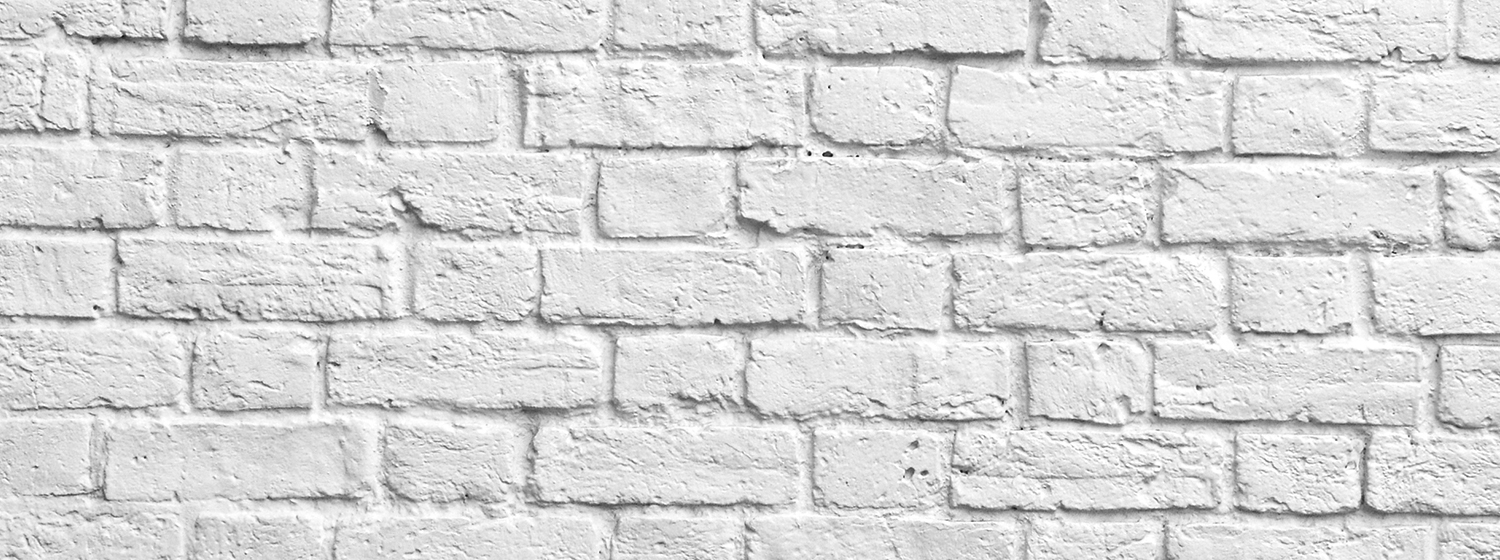As designers, we appreciate the power of white space. It gives artwork impact, makes text readable, and invites the viewer inside. In fact, we even named our newsletter WhiteSpace, so we were intrigued to read Wendy Richmond’s riff on the topic in the 2010 Interactive Annual. Richmond compares white space to those gaps in a writing instructor’s syllabus where the instructor creates an awkward void, encouraging students to critique each other’s work.
We’d liken white space to the gaps a composer uses to build suspense. When a musician follows the composer’s direction and observes the rests, those silences enrich the other notes to dramatic effect. Ever sat in a concert hall when the entire orchestra pauses in unison before the final chord? The audience holds its breath in anticipation, then explodes into applause after that last crucial note.
White space serves a similar purpose. Some clients want to cram as much information on a single webpage or a brochure as possible, but the result can be overwhelming to the audience. Look at the margins on this blog. If the text blended right into the images, then neither text nor images would be very effective (or visually pleasing).
Similarly, if a logo doesn’t have a little breathing space, then it’s harder to process. Give it a little more space and suddenly it appears to jump right off the page (or screen).
But we’re not about to just insert white space for the sake of having white space. These voids should be used purposefully. They need to be part of the overall design concept and strategy. And since we’re all about helping associations and nonprofits improve their communication strategy, it’s only fitting that our WhiteSpace newsletter reflects this approach.
Share this post in LinkedIn:
NOT ANOTHER SNOOZELETTER.
SIGN UP. BE INSPIRED.